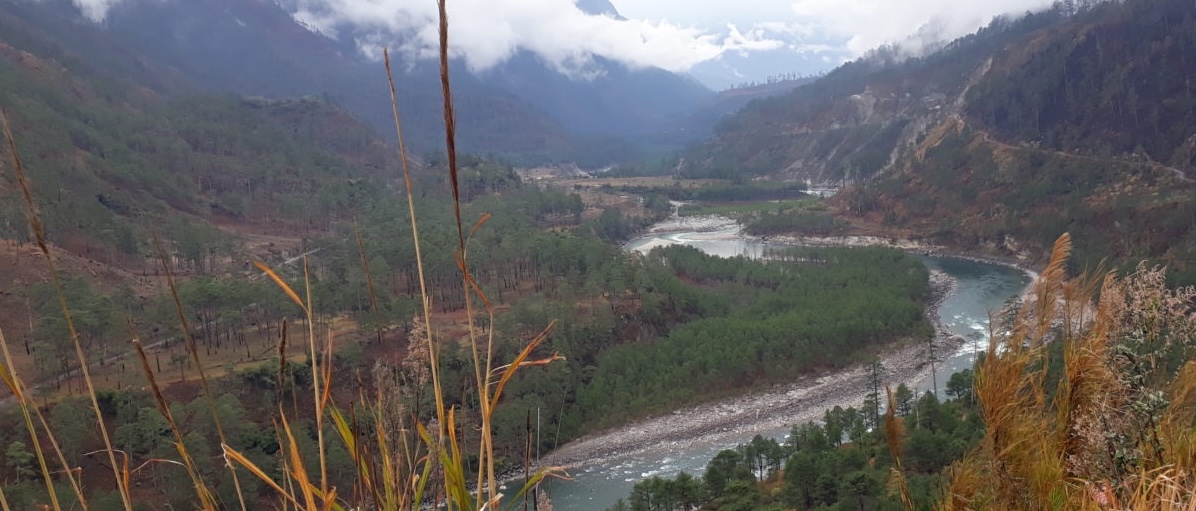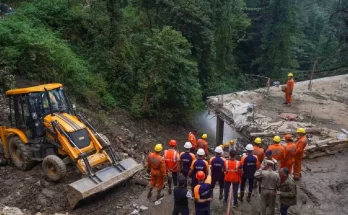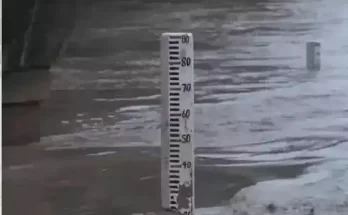India’s Ambassador to Cambodia details preparations of world’s first tiger translocation.

On April 1, 1973 India launched Project Tiger to save the endangered big cat (Photo credit: Depositphotos)
On April 1, 1973 India launched Project Tiger to save the endangered big cat. Fifty years later, the programme is a roaring success. India’s population of nearly 3000 big cats accounts for nearly 70 per cent of the world’s wild tiger population. India is now set to translocate a small group of Bengal Tigers to Cambodia, where the big cat was declared extinct in 2016. Ministry of Environment, Forest and Climate Change (MoEF&CC) officials say between 8 to 12 cats are likely to be translocated. A transfer date is yet to be set though the countdown began when the two countries signed an MoU in November 2022., India’s Ambassador to Cambodia Devyani Khobragade spoke exclusively to News9 Plus’ Nivedita Khandekar from Phnom Penh. She detailed Cambodia’s preparations to protect the big cats.
India and Cambodia have signed an MoU in connection with Cambodia wanting to re-introduce the tiger species. Can you please tell us some details about it?
The Government of India and the Royal government of Cambodia have signed an MoU between the two Ministries of Environment on the cooperation and biodiversity, conservation and sustainable wildlife management, recovery strategy of tiger and its habitat.
This MoU was signed (in November 2022) during the 40th and 41st ASEAN Summit in the presence of Vice President of India, Shri Jagdeep Dhankhar
The MoU covers biodiversity conservation with respect to focus on tiger recovery. It includes Tiger sourcing from India, exchange of expertise, best practices, capacity building to protect the habitat of the tiger. It would focus on sustainable management of biodiversity, would also focus on international cooperation at the international fora, and would also look at broader areas such as climate change or environmental governance and sustainable habitat conservation.
What have Indian experts discovered during field visits to Cambodia?
So, before we signed the MoU, we had a field visit from the National Tiger Conservation Authority, and the Wildlife Institute of India (WWI). They came to the Cardamom Mountains, which would be the habit of the tigers that would arrive from India. They have done field visits, they have seen the preparedness of the Cambodian Government. And they have given several suggestions as to what more is needed in terms of building a suitable ecosystem for the tigers that would be re-located from India.
You have been involved in the whole process right from the start. What were the factors that have led to the extinction of the Cambodian tiger and signing of the MoU?
The last known tiger in Cambodia was captured by camera traps in November 2007, and in 2016, Cambodia declared them extinct. The extinction is primarily due to habitat disruption and poaching. Tigers need large territory to live and survive, and rapid development projects in Cambodia have put these habitats under threat, and that’s the reason, the tiger could not survive.
I have been involved since the beginning of the process. I remember when I made the first courtesy call on the Cambodian Minister of Environment, he had mentioned this idea that he would like to source tigers from India, but he wasn’t very sure whether Cambodia was ready in terms of all the capacity building and the preparedness for the tiger habitat etc.
However, the Cambodian Minister of Environment along with the technical partners of the Ministry of Environment, the Wildlife Alliance, that I happened to meet accidentally when I was traveling in the Cardamom mountains, we both persisted, and we convinced the Minister of Environment that the preparation is well under way, and that and we gave him the comfort to our NTCA team that came to visit Cambodia in 2022, that preparations are on track, and that India will be happy to supplement and hand hold the rest of the translocation process.
So if this project is successful, then this will be the first translocation of tigers in the entire world. This will be a unique project of India, and it would be, it would be, a sone pe suhaga (added bonus) for Project Tiger, which is completing 50 years this year. It would be a testimony for the universal recognition of our great conservation efforts, and our success in project Tiger.
How does Cambodia plan to ensure unhindered tiger habitat preventing poaching ?
Cambodia has taken a lot of efforts. The Royal government of Cambodia has a full tiger reintroduction plan in place, and the plan has been discussed with the Government of India, with our Ministry of Environment. It (the Environment Ministry) is suggesting additions and supplementary measures. The Cardamom Range Forest ecosystem where the tigers will be translocated has a security system in place, where they have put in four ranger station in the Tiger core zone, which is an area of about 2,000 sq kms and 13 additional stations in the Tiger expansion zone of an additional 2,500 sq kms.
This effort is led by the Ministry of Environment, the Royal government of Cambodia, assisted by the Royal Genomary of the Government of Cambodia, with technical support from Wildlife Alliance and the Government of India. The security system is financed by the carbon sale that the Government of Cambodia has put in place.
They also have around 205 fully equipped enforcement patrol rangers that are permanently patrolling the area day and night to prevent poaching. They have been trained professionally by the Ministry of Environment. And now, the Ministry of Environment has also started a project of ‘Zero Snaring campaign’ to aid and educate the people living around that area so as to stop the snaring in protected areas.
And the government of Cambodia is now in phase II of the Zero Snaring campaign. In addition to that, there are also measures that can be taken for livelihood supplement of people, who will be moved and displaced from the area of the tiger for zone and education, and so on, and so forth.
So, the government of Cambodia is well aware of its responsibility of this very sensitive and highly prestigious project and it has taken adequate steps along with its technical partners and Government of India as well.
What will the 13 stations be managing and who man them?
These are ranger stations. They are like law enforcement stations or police stations for tigers. So, the rangers are patrolling the tiger corezone and the Tiger expansion zone all the time and if they find out that there is any incident of poaching, either through the network of informers or through satellite information and or the communication devices. Then, they immediately go to that area, and they take action, and they involve the community from the villages that are in the vicinity of this area and work along with the community to protect tigers. So they essentially like law enforcement patrol.
Overall, a very different kind of project?
Yes, I’m proud to support the government of Cambodia, and this very prestigious project, and this would be the first of its kind in the world. And this is an acknowledgment of our success of our Project Tiger.
(This story first appeared on news9live.com on Mar 30, 2023 and can be read here.)



